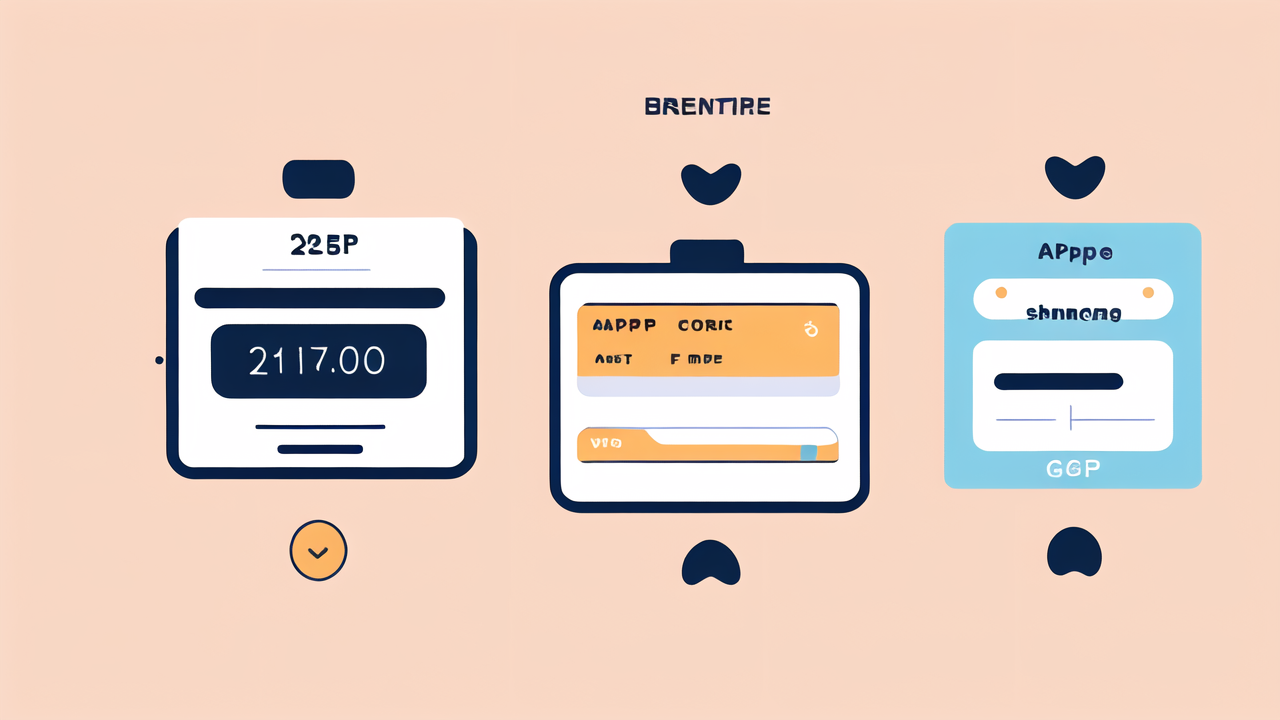Understanding the Role of Wearable Technology in Fitness
The Evolution of Fitness Wearables
Fitness wearables have come a long way since their inception. They started as simple pedometers, counting steps. Now, they're sophisticated devices that track various health metrics. Early models like the Fitbit focused mainly on step counting. Today's wearables, such as the Apple Watch or Garmin watches, offer much more.

These devices now monitor heart rate, sleep patterns, and even stress levels. Some can track specific workouts, from running to swimming. The evolution has been rapid, with new features added regularly. This progress has made wearables an essential tool for many fitness enthusiasts.
As technology advances, we can expect even more from these devices. Future wearables might analyze sweat composition or predict potential health issues. The goal is to provide more comprehensive health insights to users.
Key Features to Look for in a Fitness Wearable
When choosing a fitness wearable, several key features are worth considering:
- Heart rate monitoring: Accurate heart rate tracking is crucial for fitness tracking.
- GPS: Essential for runners and cyclists who want to track their routes.
- Water resistance: Important for swimmers or those who exercise in the rain.
- Battery life: Longer battery life means less frequent charging.
- Sleep tracking: Helps in understanding overall health and recovery.
- Smartphone compatibility: Ensures easy data syncing and notifications.
- Customizable goals: Allows users to set and track personal fitness targets.
- User-friendly app: A well-designed app makes data interpretation easier.
Consider which features align with your fitness goals. Not everyone needs every feature. Choose a device that offers the functions most relevant to your routine.
The Impact of Wearable Technology on Daily Exercise Routines
Wearable technology has significantly changed how people approach their daily exercise routines. These devices provide real-time feedback, motivating users to move more. They offer a clear picture of daily activity levels, encouraging users to meet their goals.
Many wearables send reminders to stand up or take a walk. This feature combats the harmful effects of prolonged sitting. Some devices offer guided workouts, acting like a personal trainer on your wrist.
Wearables also make it easier to track progress over time. Users can see improvements in their fitness levels, which can be highly motivating. The social features of many wearables allow users to compete with friends, adding a fun element to exercise.
However, it's important to use these devices as tools, not as strict rulebooks. They should enhance your fitness journey, not dictate it entirely.
How to Select the Right Wearable for Your Lifestyle
Assessing Your Fitness Goals and Budget
Choosing the right wearable starts with understanding your fitness goals. Are you a casual walker or a serious athlete? Do you need basic step counting or advanced metrics? Your goals will guide your choice.

Consider these questions:
- What activities do you enjoy most?
- Do you need GPS for outdoor activities?
- Is sleep tracking important to you?
- How often are you willing to charge the device?
Your budget is also a key factor. Wearables range from basic, affordable models to high-end devices. More expensive doesn't always mean better. It depends on your needs.
Remember, the best wearable is one you'll actually use. A simple, budget-friendly option might be perfect if it meets your needs. Don't overspend on features you won't use.
Comparing Top Fitness Wearables on the Market
The fitness wearable market offers many options. Here's a brief overview of some popular choices:
- Apple Watch: Great for iPhone users. Offers a wide range of features and apps.
- Fitbit Versa: Good all-rounder with excellent sleep tracking.
- Garmin Forerunner: Ideal for serious runners with detailed metrics.
- Samsung Galaxy Watch: Good for Android users with a classic watch design.
- Whoop Strap: Focuses on recovery and strain, popular among athletes.
Each device has its strengths. The Apple Watch excels in smartwatch features. Fitbit offers great sleep tracking. Garmin is known for its accurate GPS. Samsung provides a good Android experience. Whoop offers unique insights into recovery.
Research each option thoroughly. Read reviews from both experts and users. Consider trying on devices in a store to check comfort and usability.
The Importance of User-Friendly Interfaces and Comfort
A wearable's interface and comfort are crucial for long-term use. The best features are useless if the device is hard to use or uncomfortable to wear. Look for devices with intuitive interfaces. The screen should be easy to read, even during workouts.
Comfort is equally important. The device should feel good on your wrist all day. Consider factors like:
- Size and weight
- Strap material
- Adjustability
- Breathability
Many people wear their devices 24/7 for sleep tracking. Ensure the wearable won't disrupt your sleep. Some devices offer interchangeable bands for different occasions.
Test the device's app as well. A good app makes data easy to understand and act upon. It should sync smoothly with the device and offer clear insights into your health data.
Advanced Techniques and Strategies for Maximizing Wearable Technology Benefits
Leveraging Wearable Data for Personalized Training
Wearable technology provides a wealth of data. The key is using this data effectively for personalized training. Start by establishing your baseline metrics. Track your average daily steps, resting heart rate, and sleep patterns.

Use this data to set realistic goals. Gradually increase your targets as you improve. Many wearables offer personalized recommendations based on your data. Pay attention to these suggestions, but also listen to your body.
Heart rate data is particularly useful for training. Use it to ensure you're working out in the right zones. For example:
- Low intensity: 50-60% of max heart rate
- Moderate intensity: 60-70% of max heart rate
- High intensity: 70-80% of max heart rate
Over time, you might notice improvements in your resting heart rate or recovery time. These are great indicators of increased fitness levels. Use sleep data to optimize your recovery. Ensure you're getting enough quality sleep, especially after hard workouts.
Integrating Wearables with Other Fitness Tools
Wearables work best when integrated with other fitness tools. Many devices sync with popular fitness apps like MyFitnessPal or Strava. This integration provides a more comprehensive view of your health.
Consider using your wearable alongside:
- Smart scales for tracking weight and body composition
- Nutrition apps for monitoring calorie intake
- Meditation apps for stress management
- Fitness equipment like smart treadmills or bikes
Some wearables can control music playback during workouts. Others can make contactless payments, useful for buying water during a run. Explore all the features your device offers to maximize its utility.
Remember, the goal is to create a seamless fitness ecosystem. Your wearable should complement your other tools, not complicate your routine.
Tips for Keeping Your Battery Charged and Device Updated
To get the most from your wearable, keep it charged and updated. Here are some tips:
- Establish a charging routine. Many people charge their devices while showering or getting ready for bed.
- Use power-saving modes when battery life is low.
- Turn off features you don't use regularly to extend battery life.
- Keep your device's software updated. Updates often improve battery life and add new features.
- Clean your device regularly. Dirt can interfere with sensors and charging.
- Store your charger in a consistent place to avoid misplacing it.
- Consider buying a portable charger for long trips.
Regularly check for firmware updates. These can improve device performance and add new features. Most devices notify you when updates are available. Don't ignore these notifications.
By following these tips, you'll ensure your wearable is always ready when you need it. Remember, a well-maintained device is key to consistent fitness tracking.




Leave a comment
This site is protected by hCaptcha and the hCaptcha Privacy Policy and Terms of Service apply.